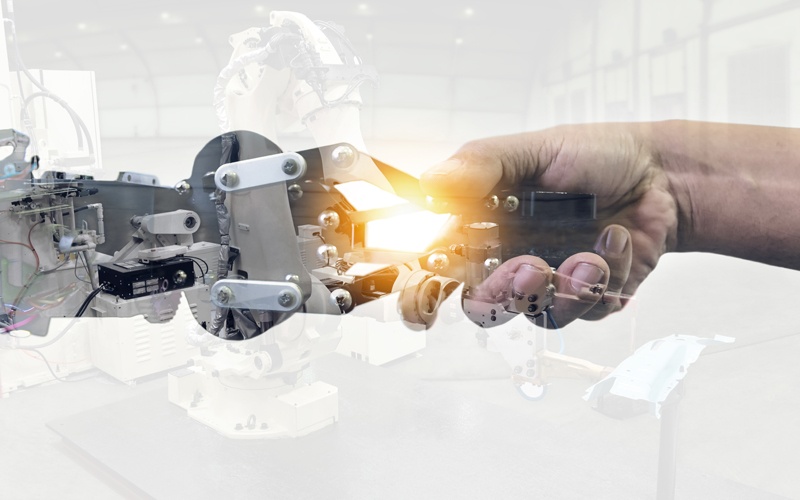
It is through automation that some of engineering’s greatest achievements have truly shined. Take for example Henry Ford’s conveyor belt assembly line that enabled Ford to deliver the Model-T to the masses. The improved assembly line reduced production cost and saved time, resulting in a more affordable car – the ultimate symbol of convenience. From there, the automotive industry took off, the city of Detroit prospered and our lives were forever changed.
Automation vs. AI
Fast forward to 2018, and you see major transformation underway in the automobile industry with significant investments in technology, specifically artificial intelligence (AI). Competing automakers push features like automatic braking systems and intuitive technology, introducing us to a future with accident-free driving and self-driving vehicles. But let’s not confuse automation and AI, there are differences as Dan Evans outlines in, “So, What’s the Real Difference Between AI and Automation?” Here Evans explains that:
“automation is software that follows pre-programmed rules” whereas “artificial intelligence is designed to simulate human thinking.”
Evans goes on to say what drives automation and AI is data. Evans concludes that automatically assembling large amounts of data and combining with a system that can intelligently comprehend the data (like Microsoft Azure ML) is the perfect union, resulting in endless possibilities. To summarize, data enables AI but automating access to timely, relevant and reliable data allows AI to really shine.
Enter TimeXtender - where automation plays a prominent role. As a platform that enables instant access to data, the automation under the hood of TimeXtender results in greater access, speed and agility with your data. This allows you to simplify the data preparation process, reducing the time it takes to model data in Azure ML. In addition, it allows you to operationalize the results of your machine learning process as part of your enterprise analytics environment.
TimeXtender Harnesses the Power of Automation
Beyond those benefits, TimeXtender requires no manual coding. Code is automatically generated and standardized, saving countless hours, while reducing the need for additional resources and the reliance on these resources. And there’s more, including automatic detection of changes in the data structure, plus instant documentation. In a world with increasing focus on data missteps, TimeXtender helps meet compliance mandates by providing instant documentation.
With the versatility of TimeXtender, transition to Azure is seamless. This may mean absolutely nothing to business users seeking quick access to dashboards, but it means everything to the CTO, Data Scientists and Analytics Specialists looking for ways to future-proof their enterprise analytics environment. This translates to one-click migration to the cloud. That’s huge…it’s downright magical. That’s automation.

